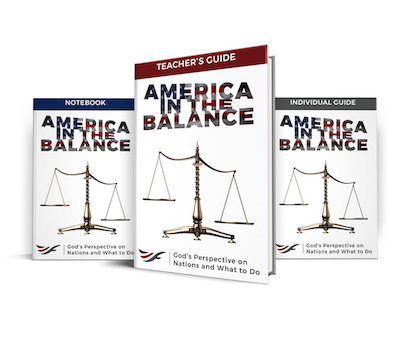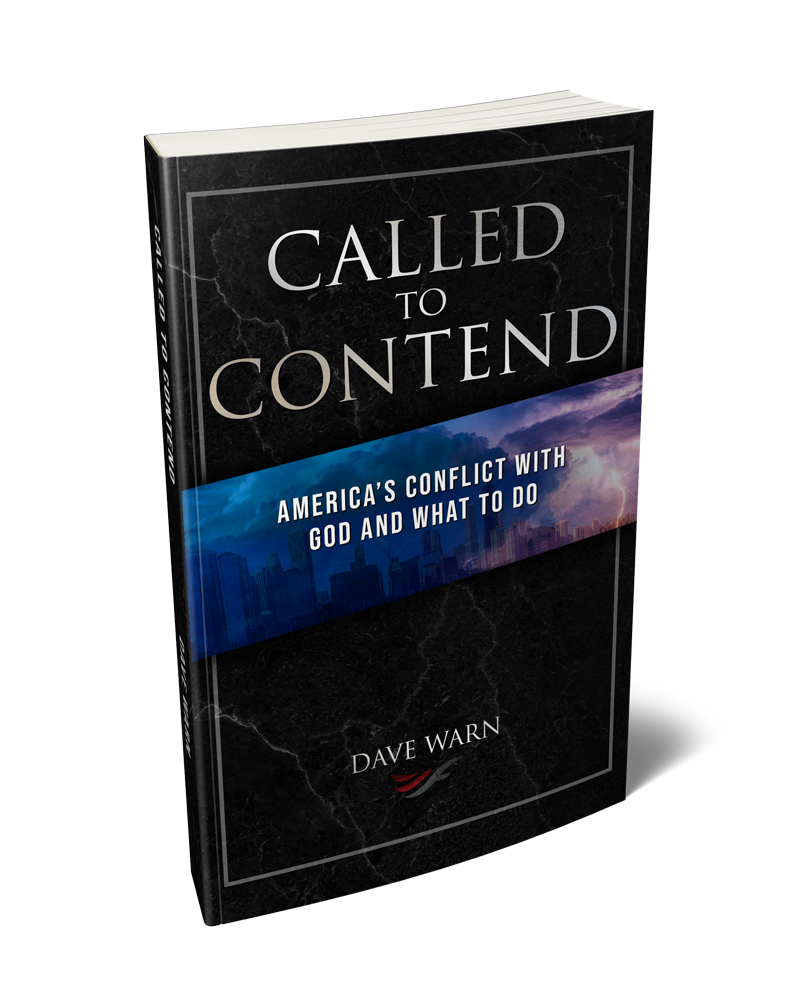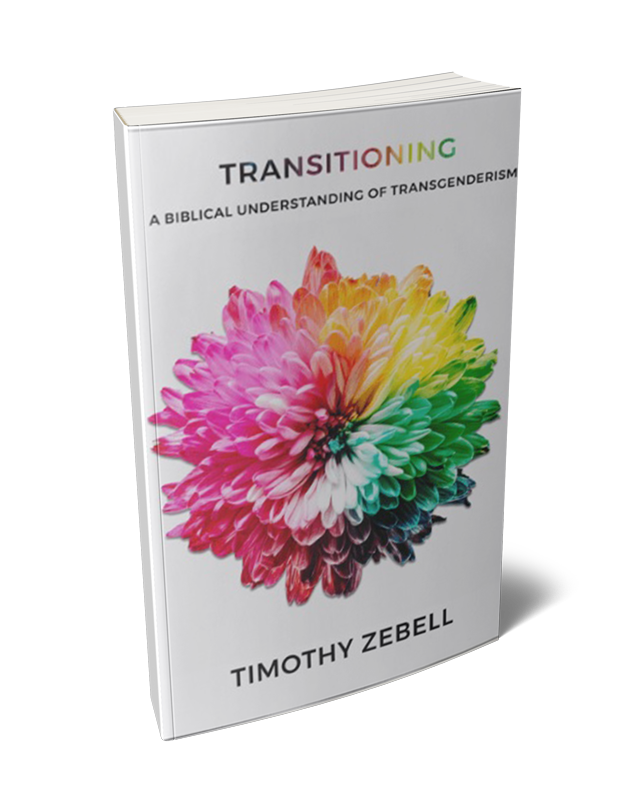“Most people buy gold as a reaction to the uncertainty around them,” according to Forbes, and this is because “Gold is a synonym for wealth and money …”[1] The world is brimming with global instability—whether it be Brexit and the potential collapse of the European Union; the Chinese economic bubble; Russian aggression; the threat of ISIS; the financial insolvency of banks in Italy, Greece, and Germany; the risk of bail-ins and negative interest rates; or quantitative easing and the potential for hyper-inflation. Such uncertainty has driven many investors into commodities with intrinsic value, such as the precious metals market.
While precious metals do not appreciate in purchasing power the way that stocks and bonds do, they can provide a safeguard against inflation because the intrinsic value of precious metals allows them to maintain their purchasing power regardless of fluctuations in the economy. The dollar value of gold and silver increases proportionally to the decrease in the dollar’s purchasing power. Consequently, economists who foresee an inflationary economy are often bullish regarding gold and silver. It is not uncommon to hear gold enthusiasts, often referred to as “Gold Bugs,” predict gold prices of $5,000 and $10,000 an ounce, while others anticipate even higher prices because of the risk of hyper-inflation and a crack boom economy where people dump their currency into tangible assets regardless of price.[2] An example of this occurred in Germany during the Weimar Republic’s hyper-inflation between 1919 and 1923 when gold soared from 170 marks per ounce to 87 trillion marks per ounce.[3] Deficit spending and the addition of $4 trillion to the U.S. money supply through quantitative easing by the Federal Reserve in only six years has led some economists to anticipate a tsunami of hyperinflation, and they view precious metals as the only safe haven for preserving the purchasing power of their money.[4][5]
Gold and silver have a rich history of preserving wealth and of serving as the world’s economic standard for determining value. In fact, it was only in 1971 that the last vestiges of the gold standard were abandoned in the United States.[6] As such, some gold enthusiasts have predicted an inevitable return to a gold standard for currency. They argue that such a standard would provide a stable currency value that is protected from debasement.[7] However, the U.S. national debt is nearly $20 trillion,[8] while the current book value of the U.S. Treasury’s nearly 261.5 million troy ounces of gold is only about $11 billion.[9] To establish a U.S. gold standard sufficient to cover our national debt, the price of gold would have to increase to approximately $76,500 an ounce. Clearly any movement toward a gold standard would constitute a windfall for gold investors.
Even without a move toward a gold standard, Gold Bugs believe that gold and silver prices are destined to rise because current prices are being artificially suppressed. While such a claim cannot be verified, in 2015 UBS, HSBC, Morgan Stanley, Barclays, Julius Baer, Mitsui, and Deutsche Bank were investigated for rigging prices in the precious metals market. Attorney General Loretta Lynch said that some of the banks “participated in a brazen display of collusion and … manipulation.”[10] Regardless, today’s spot gold prices are $1,208 an ounce, and spot silver prices are $17.07 an ounce.[11] These prices are well below their mark when adjusted for inflation according to the U.S. National Debt Clock which estimates that gold should be selling for $8,925 an ounce, and silver for $980 an ounce.[12]
Other Gold Bugs place their confidence in the limited supply of precious metals amid a time of increasing demand. Of particular interest is silver. Approximately 90% of all silver that has been mined throughout history is now gone, making silver more rare than gold. Only 4/10 of an ounce of investible silver now exists for every ounce of gold.[13] Furthermore, since 2013 global demand for silver has exceeded total supply. In 2015 total new supply was 1,040.6 million ounces while total new demand was 1,170.5 million ounces.[14]
Despite the alluring assurances by some of how gold and silver can protect and even grow one’s finances, others warn that precious metals can never live up to their hype. According to ProCon.org, “Opponents argue a gold standard would create economic instability, spur periodic economic deflation and contraction, and hamper government’s ability to stimulate the economy and reduce unemployment during recessions and financial crises. They say returning to a gold standard would be extremely difficult given the scarcity of gold and could severely harm the already fragile US economy.”[15] The price of gold would have to be artificially inflated to astronomical levels simply to cover the existing federal debt. Furthermore, the price of gold, it is argued, is simply too unstable. Clem Chambers writes in Forbes, “Paper currencies are far more stable than gold. For the dollar, euro and yen to move 10% is a huge move and it takes months. Meanwhile gold can do it overnight.”[16] Additionally, governments throughout history have discovered methods of overspending and debasing their currencies despite being tied to gold. Clem Chambers writes, “[E]ven in Roman times, IOUs formed the backbone of major finance.”[17]
In contrast to the hyper-inflationary concerns of Gold Bugs, former financial consultant for Fortune 100 companies and founder of Dent Research, Harry Dent, forecasts severe deflation. Consequently, he anticipates that gold prices could fall to $700 an ounce as early as mid-2017 and continue to fall to $400 an ounce in the early 2020s.[18] According to Harry Dent, gold is declining and will not reach a new peak until around 2038.[19] If he is correct, then gold and silver cannot be the financial refuge that we seek. Unfortunately, there simply is no way to know with any certainty which direction gold and silver are destined to head.
This article is excerpted from the paper “Seeking Refuge in a Precarious Economy.”
Free Downloads
Share...
1. Chambers, Clem. “Three Reasons to Buy Gold Now.” Forbes: Investing, February 24, 2014. Accessed January 24, 2017. http://www.forbes.com/sites/investor/2014/02/24/three-reasons-to-buy-gold-now/#5454bc74738c.
2. Rickards, James. “The Elite’s Master Plan for Global Inflation, Part II.” Daily Reckoning, May 17, 2016. Accessed January 24, 2017. https://dailyreckoning.com/elites-master-plan-global-inflation-part-ii.
3. Mikhan, Alena and Jeff Clark. “Does Gold Keep Up In Hyperinflation?” Casey Research, June 18, 2012. Accessed January 24, 2017. https://www.caseyresearch.com/articles/does-gold-keep-hyperinflation.
4. “The Inflation Tsunami.” Lear Capital, n.d. Accessed January 24, 2017. http://www.learcapital.com/pdfs/InflationTsunami/files/assets/common/downloads/publication.pdf.
5. Gold, Silver & Economy News. “Jim Rickards – 2017 US Dollar Crash & Economic Collapse – Gold Prices to 10K!” YouTube video. https://www.youtube.com/watch?v=VdU8hNcJnsk&feature=youtu.be (accessed January 24, 2017).
6. Woods, Thomas Jr. Rollback: Repealing Big Government Before the Coming Fiscal Collapse, 8. Washington D.C.: Regnery Publishing, Inc., 2011.
7. “Should the United States Return to a Gold Standard?” ProCon.org, n.d. Last Updated August 19, 2014. Accessed January 24, 2017. http://gold-standard.procon.org/#background.
8. U.S. Debt Clock.org. Accessed January 24, 2017. http://www.usdebtclock.org.
9. “Status Report of U.S. Government Gold Reserve.” Department of the Treasury Bureau of the Fiscal Service, December 31, 2016. Accessed January 24, 2017. https://www.fiscal.treasury.gov/fsreports/rpt/goldRpt/current_report.htm.
10. Petroff, Alanna. “New Bank Scandal: Swiss Investigate Metals Market Rigging.” CNN: Money, September 28, 2015. Accessed January 24, 2017. http://money.cnn.com/2015/09/28/news/companies/bank-investigation-metals-market-switzerland.
11. “Live Current Prices.” Monex Precious Metals, January 24, 2017. Accessed January 24, 2017. http://www.monex.com/liveprices.
12. U.S. Debt Clock.org. Accessed January 24, 2017. http://www.usdebtclock.org.
13. “Vanishing Silver: The Return to Record High Silver!” Lear Capital, n.d. Accessed January 24, 2017. http://www.learcapital.com/pdfs/VanishingSilver/files/assets/common/downloads/publication.pdf.
14. “World Silver Survey 2016.” Silver Institute, n.d. Accessed January 24, 2017. http://www.silverinstitute.org/site/supply-demand.
15. “Should the United States Return to a Gold Standard?” ProCon.org, n.d. Last Updated August 19, 2014. Accessed January 24, 2017. http://gold-standard.procon.org/#background.
16. Chambers, Clem. “Five Myths About Gold.” Forbes: Investing, December 8, 2014. Accessed January 24, 2017. http://www.forbes.com/sites/investor/2014/12/08/five-myths-about-gold/2/#46643add7ddc.
17. Ibid.
18. Dent, Harry Jr. The Sale of a Lifetime: How the Great Bubble Burst of 2017–2019 Can Make You Rich, 303. New York City: Penguin Random House, 2016.
19. Ibid, 304.









